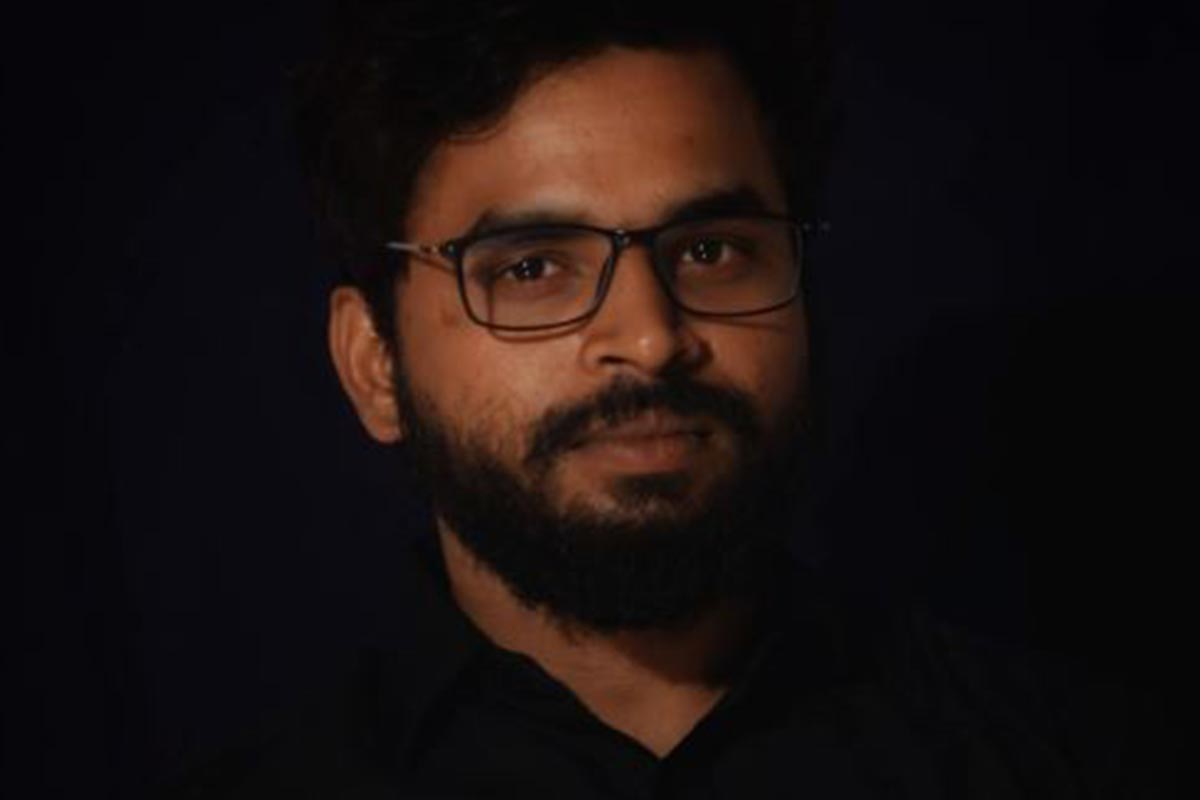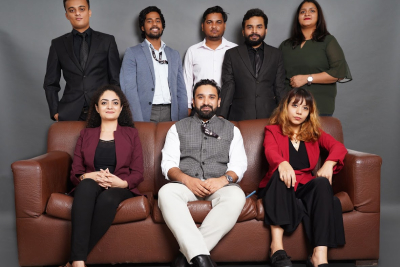
13
Apr
2025
Bio Media
In the era of digitalization, we are the ‘Gram’ population; I call it ‘Gram” deriving from Instagram as the validation of one’s life in being is often validated from it. We understand on one hand technology has become a prime source of creation, use, and application, and these all are tools for mankind and made by man. Some other examples are like languages, cars, films, mobiles, etc. And on the other hand, the biological apparatus is all about non-man made entities, such as organic essentialities, humans, animals, plants, cells, etc. So on at that point what the question arises is ‘what could be the situation of the synthesis of both’? Does this threaten our very existence of the older forms of life and its way? Technologies with no second thoughts have evolved with time, has become more complex, increasing its utility interfacing with biology and vice versa such as prosthetic limbs and organs, cloning, in vitro fertilization, and DNA mapping.
Eugene Thacker used the concept of Bio media as the means of theorizing and accounting the intersection between technology and biology. His approaches as situating life on the side by side of the brim and computer science on the other side. Starting in the 1940s, he sets up a verifiable record of how the existence sciences—and whatever remains of the world—started to examine life, data, and innovation as one. Even though everybody in this class has grown up with the comprehension of DNA and the hereditary code, it was not until the 1950’s that the structure and properties of DNA were uncovered. Thacker clarifies how figuring out the code was vital to science, however to theory and philosophy also, seeing as DNA is taken a gander at as the fundamental center of organic life itself. Soon enough the natural started to be seen educationally based, rising out of hereditary code much the same as the parallel arrangement of 0s that make-up computerized binary code. In the late twentieth century, another worldview started to grab hold with the utilization of biotechnology. With so many approaches as hereditary building and quality sequencing taking into consideration DNA to be controlled and put away, science could now be treated as innovation. With this connection between science and innovation further confounding our comprehension of livelihood and living—what is the distinction between the living and the nonliving, the organic, and the mechanical being? He characterizes bio-media as the informatics re-contextualization of natural parts and procedures, for closures that might be medicinal or nonmedical, with impacts that are as much social, social, and political as they are logical. Bio media seeks that we think about the two things (DNA chips) and acts (sequencing of a DNA test) as under its umbrella, expecting us to comprehend natural “life itself” as both a “medium and a procedure of intervention.
Much like our past understanding of the body being both an article for investigation just as the methods for that examination, bio-media is on the double the device and the item, the item, and the procedure. Thacker’s idea of bio media gives a method for articulating our situation as organic creatures in a world that are progressively determined by enlightening code. Bio media is especially an encapsulated and innovative procedure and state, which exists where the mechanical and organic are not two particular bodies/things, in any case, rather, one advises the other in a non-hierarchical manner. Bio media turns out to be a method for comprehension and articulating how the domain of unadulterated data (the advanced and the double), and the phenomenological universe of the simply encapsulated (the natural) relate and educate each other in new and complex ways. Thacker’s contentions sparkle new light on our many class dialogues of regardless of whether innovation is ending up excessively installed in our lives and physical ties. He doesn’t endeavor to offer us somehow on if we are named “cyborgs” because we may utilize prosthetics or get a plastic medical procedure, rather, he kind of annihilates the inquiry. To Thacker, bio-media is not just a joining of innovation and science, rather, bio-media renders the natural and mechanical domains as no longer ontologically unique. While this is captivating all by itself, I am especially inspired by how this plays out financially. In media it indicates an immediate association with commercialization, in both the goals and principles it/they spread, just as the physical wares it/they produce. However, we have not by any means addressed the theme of bio capital. Thacker’s bio-media quickly presents how cash is made off of natural “life itself”, in manners, for example, pharmaceuticals, organizations that make instruments, and hereditary arrangement licenses, yet lamentably he decays to discuss the morals of such capital.
New Bodies and New Media.
The technologization, computerization, and digitization of science in media are the qualities which likewise point to a critical inquiry: is the juxtaposition of bio and media which is finished as biotech not in itself an excess? At the end of the day is simply the body, not a medium? to answer this we can look to two contemporary plans of media with regards to computerized or new media. We at that point can start to address the bizarre episodes of a body that is a medium through a glance at contemporary new media hypothesis. Earlier scholars of media, for example, Walter Benjamin, Martin Heidegger, Marshal McLuhan have examined the manners by which the human subject and the human body are changed in the associations with various innovations which are regularly observed as the all-inclusive types of human life forms and machines. For Benjamin, this principally appear as a novel preparing of the faculties made conceivable by the chronicled material presentation of media dependent on mechanical proliferation, for example, film and photography, which as its essential impact separation and deterioration from a quality, explicit to the article in its time and spot. Heidegger, on the other focusing on the specialized interface among humans and machines, focuses on investigating the quintessence of innovation which for him is established in an in framing that changes the world into an instrumental standing – saved. Marshal McLuhan expounded on twenty years after the fact. He said media contained the ability to straightforwardly interface with the human subjects’ sensory system, shaping, and augmentation of the body. What is now and again and right around a theme reconfiguration of the sensorium into a global level. Contemporary media scholars have conveyed the idea further, proposing that in its increasingly outrageous structures, innovation completely ingests the body that innovation complicatedly slams into the body. Or on the other hand that mechanical improvement designs new limits courses of action in connection to the body. Butler and Grusin recommend that the body remediates different social and social implications, while it is additionally subject to remediation. We may site models, for example, style, body play restorative medical procedure, working out, cyborg execution, and different territories of culture as instances of the body the two has a medium and as intervened.
Bolter and Grusin recommend that any strategies of the body arrange the body the two have a medium and have interceded. Falling this, it would be seen that social demeanors toward the body are equivalent to those towards media. Our way of life needs to render the body prompt, while additionally increasing our ability to in fact control the body. Anyway, for Bolter and Grusin and huge numbers of the scholar, they notice this remediation of the body is an examination of the manners by which body and innovation are onto legitimately unmistakable elements. In such a case one applies procedures and innovations to the body, in the corrective medical procedure for example in a way that changes that body into both medium and intercession.




